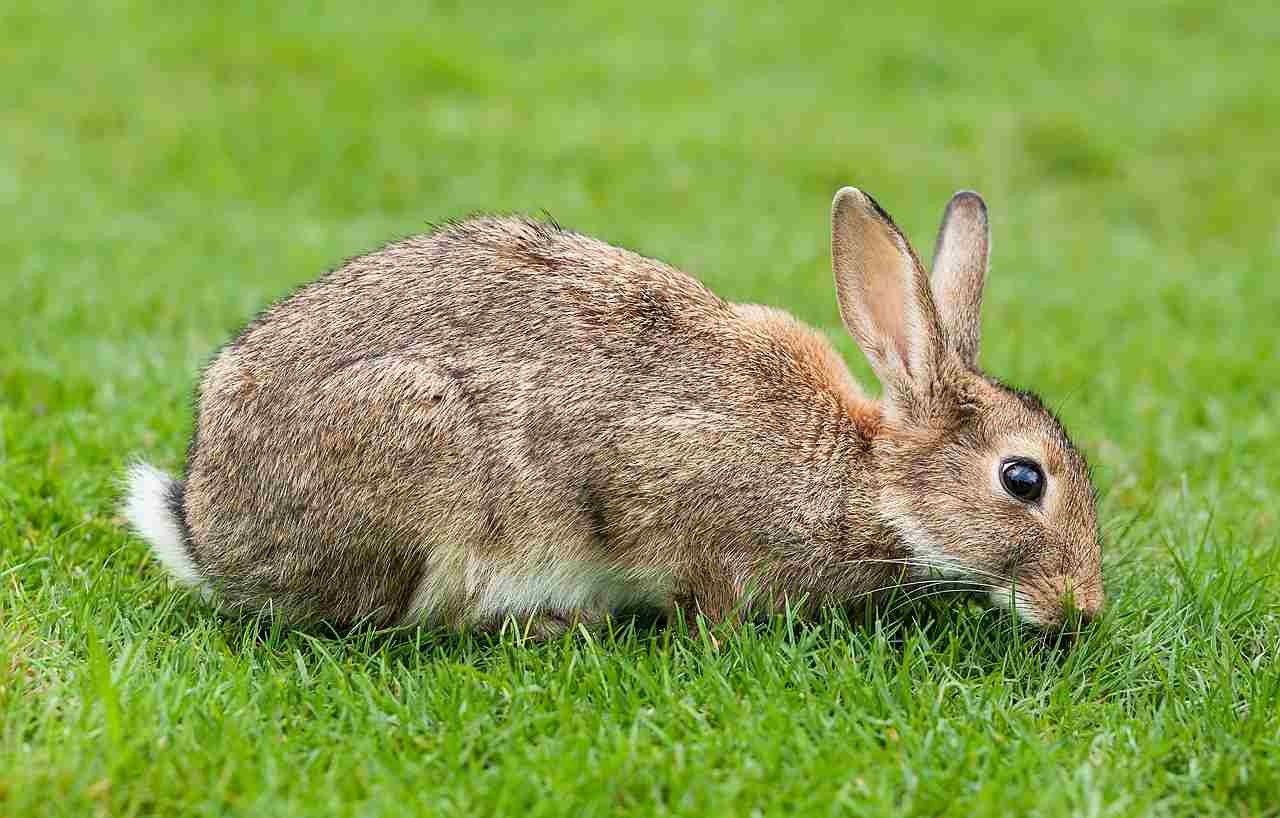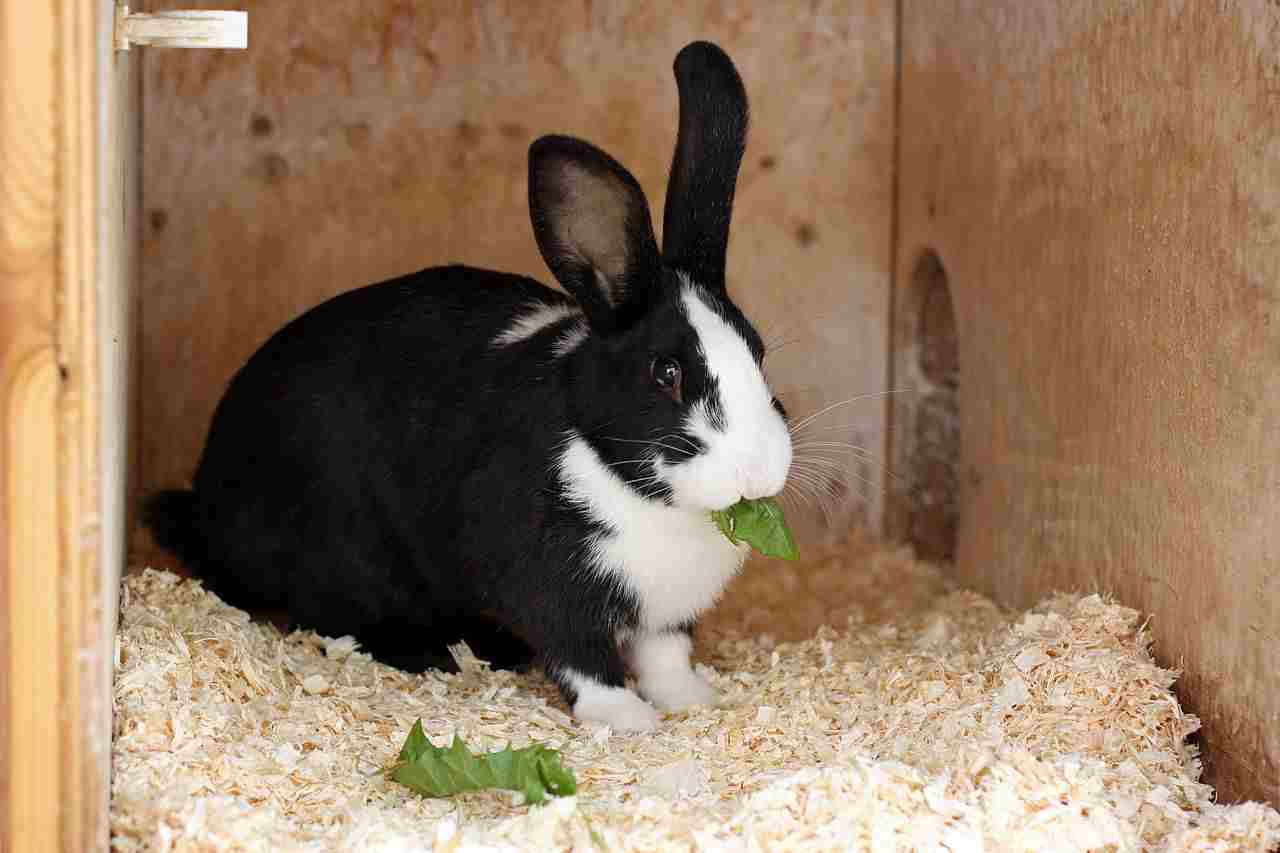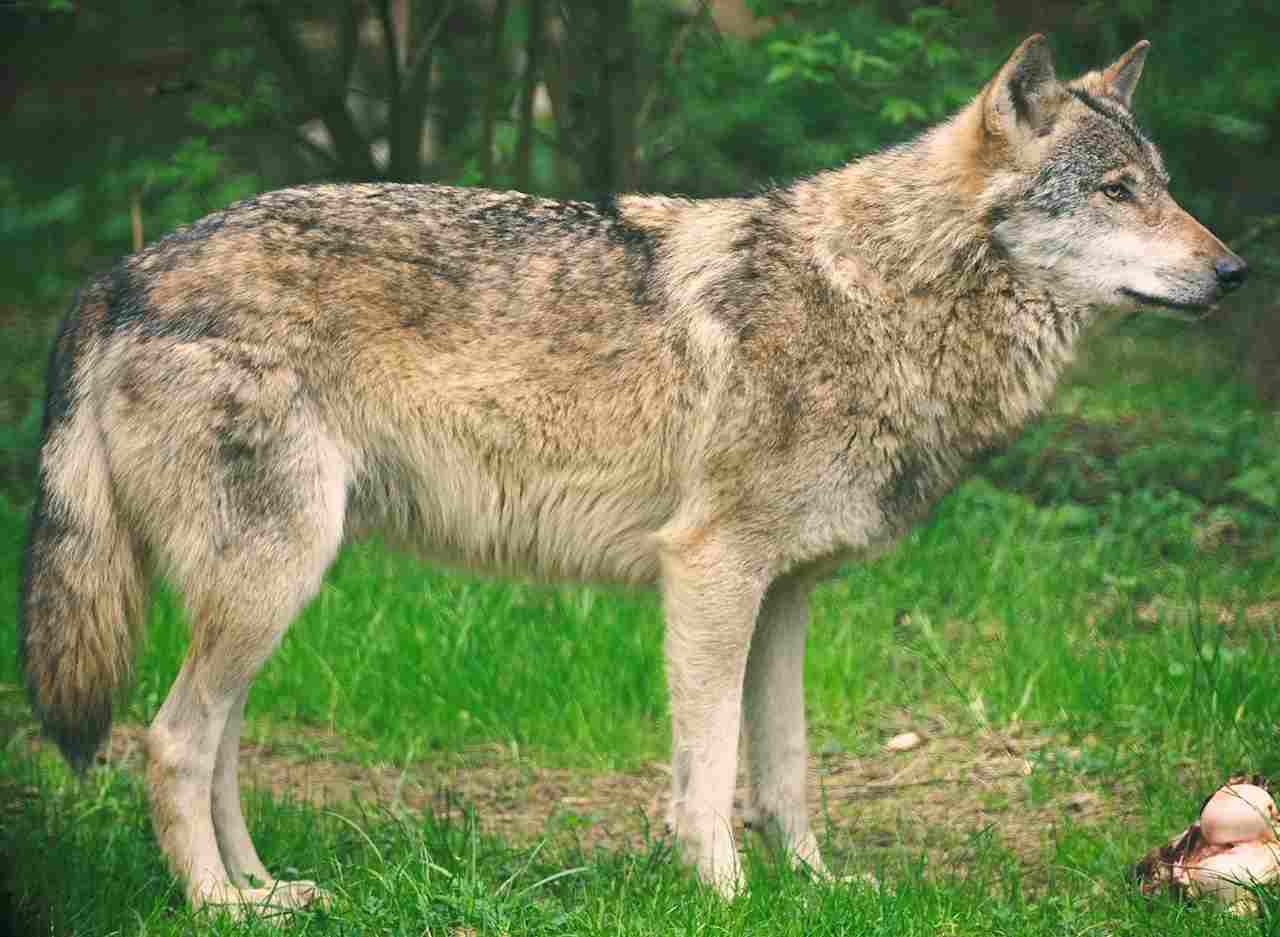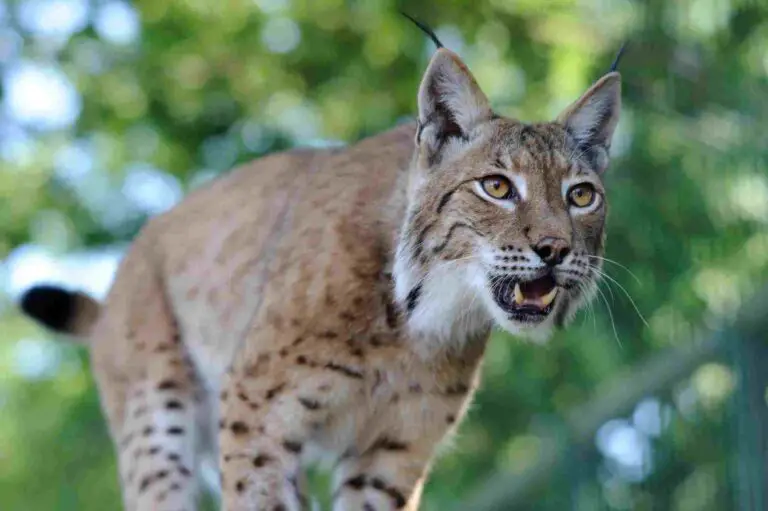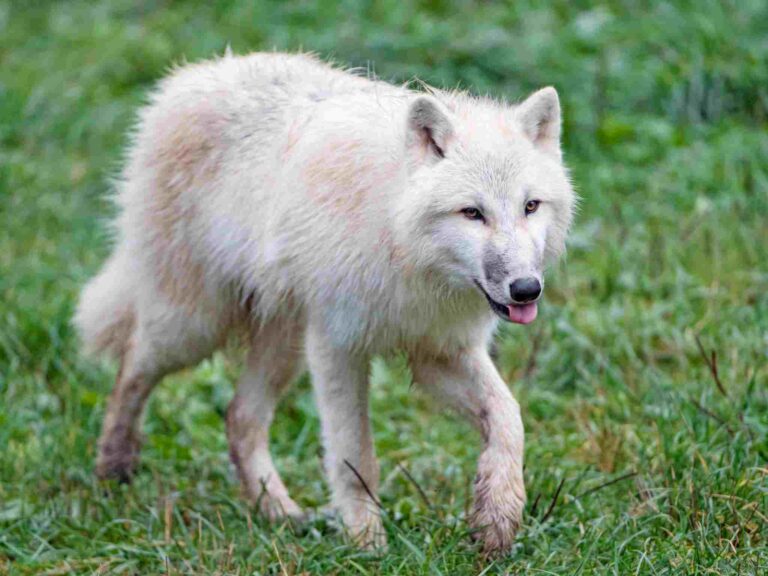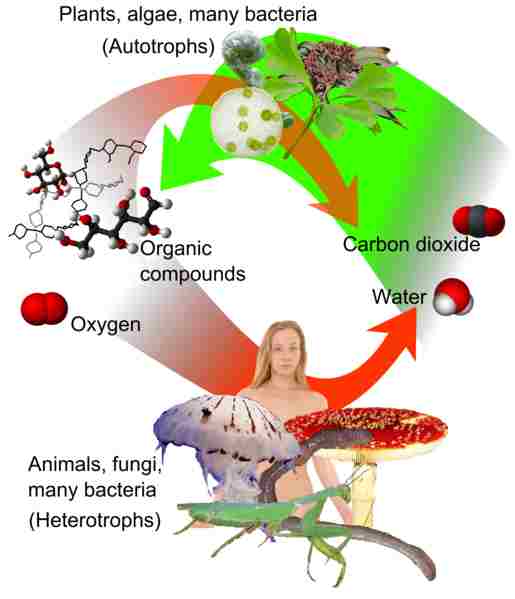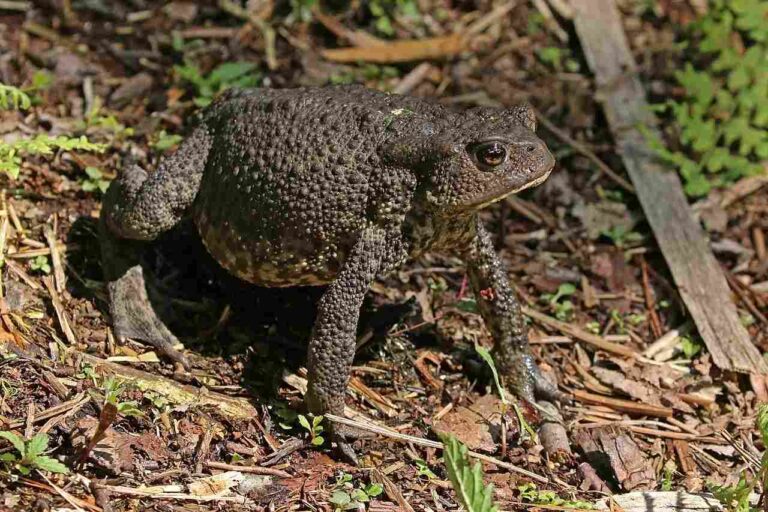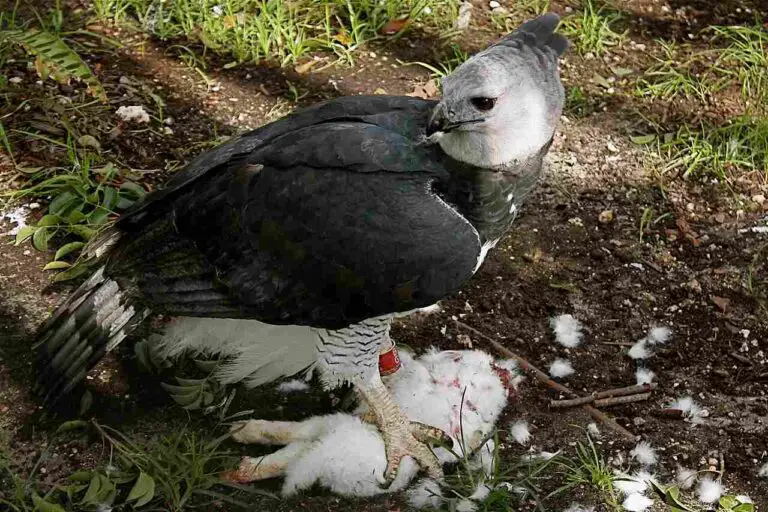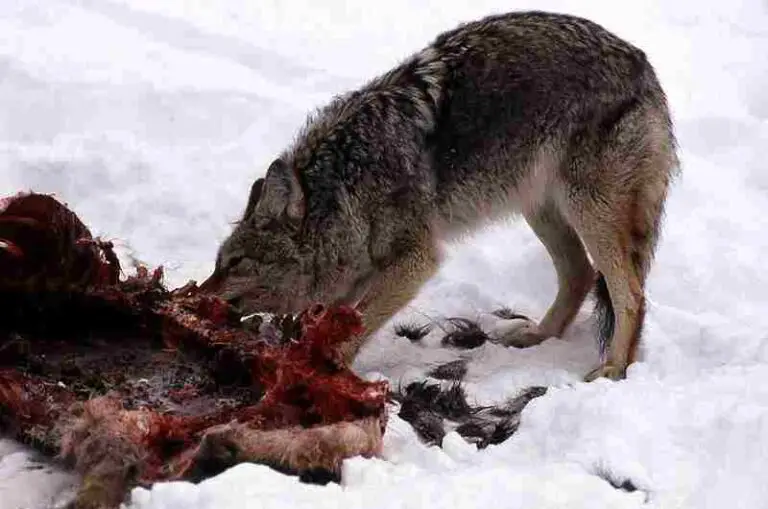What Type of Consumer is a Rabbit? Exploring the Consumer Role of Rabbits
A rabbit is a herbivorous primary consumer whose diet comprises mainly of plant-derived materials like foliage and root fibers.
This article discusses the consumer classification of rabbits in food chains and ecosystems.
Is a Rabbit a Primary Consumer?
A rabbit is a primary consumer because it survives by feeding on primary consumers in its habitat, like plants. As a herbivore, rabbits primarily consume plant materials such as foliage and root fibers. They play a crucial role in the food chain as they obtain their energy and nutrients directly from plants.
- Rabbits are well-adapted to their herbivorous diet. Their teeth continuously grow throughout their lives, allowing them to efficiently chew and digest plant matter.
- They have specialized digestive systems that can break down cellulose, a complex carbohydrate found in plant cell walls. This enables them to extract nutrients from plant material that other animals may not be able to digest.
- By feeding mostly on plants, rabbits contribute to the diversity of plant populations in their ecosystem. They selectively consume certain plant species, which can lead to changes in plant composition and abundance. This selective feeding behavior can influence the overall structure and dynamics of plant communities.
- In addition to their role in plant population dynamics, rabbits also contribute to seed dispersal through their feeding and excretion. As they consume plant material, they inadvertently ingest seeds. These seeds can then be dispersed through their feces, allowing for the colonization of new areas by plant species. This seed dispersal mechanism helps to maintain and enhance the biodiversity of plant communities.
Reasons Why Rabbits are Primary Consumers
1. They Feed Mostly on Plants
Rabbits are considered primary consumers because they primarily feed on plants. This dietary preference makes them an important part of the food chain and ecosystem.
One of the main reasons why rabbits are classified as primary consumers is their herbivorous nature. They rely heavily on plant material for their nutrition, consuming a variety of grasses, leaves, and other vegetation. This makes them an integral part of the herbivore community, as they play a crucial role in the consumption and processing of plant matter.
By feeding mostly on plants, rabbits contribute to the diversity of plant populations. They help regulate plant growth by selectively consuming certain species or parts of plants.
This grazing behavior can prevent the dominance of a single plant species and promote the growth of a more diverse range of plants. As a result, rabbits indirectly influence the overall health and balance of ecosystems.
In addition to their role in plant diversity, rabbits also contribute to seed dispersal through their feeding and excretion habits. As they consume plant material, they inadvertently ingest seeds.
These seeds can then be dispersed through their droppings, allowing for the potential colonization of new areas. This process helps plants spread and establish themselves in different environments, contributing to the overall resilience and adaptability of plant populations.
Overall, the fact that rabbits feed mostly on plants is a key characteristic that classifies them as primary consumers.
Their herbivorous diet not only sustains their own survival but also has important implications for the broader ecosystem. Through their feeding habits, rabbits influence plant diversity and contribute to seed dispersal, playing a vital role in maintaining the balance and functioning of their habitats.
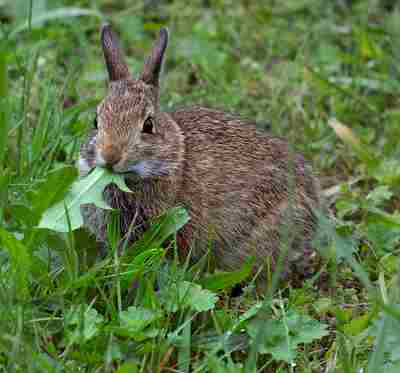
2. They Influence the Diversity of Plant Populations
Rabbits are primary consumers because they have a significant influence on the diversity of plant populations. This is due to their feeding habits and the role they play in the ecosystem.
One reason why rabbits are considered primary consumers is their selective grazing behavior. They have a preference for certain plant species and parts of plants, which can lead to the suppression of dominant species and the promotion of a more diverse range of plants.
By consuming specific plants, rabbits create opportunities for other plant species to thrive and contribute to the overall biodiversity of their habitat. This selective feeding behavior helps maintain a healthy balance within plant populations and prevents the dominance of a single species.
In addition to their selective grazing, rabbits also contribute to the diversity of plant populations through their role in nutrient cycling. As they consume plant material, they break it down and excrete waste that contains essential nutrients.
This waste, in the form of droppings, acts as a natural fertilizer for the surrounding plants. The nutrients released through rabbit excretion enrich the soil and provide essential elements for plant growth. This nutrient cycling process enhances the overall health and diversity of plant populations, as different species have varying nutrient requirements.
Furthermore, rabbits play a crucial role in seed dispersal. As they feed on plants, they inadvertently ingest seeds along with the plant material. These seeds can then be dispersed through their droppings, allowing for the colonization of new areas.
By spreading seeds through their excretion, rabbits contribute to the establishment of plant populations in different environments. This process helps plants adapt to changing conditions and increases the overall resilience of plant communities.
Generally, the influence of rabbits on the diversity of plant populations is a key reason why they are classified as primary consumers.
Through their selective grazing, nutrient cycling, and seed dispersal, rabbits contribute to the balance and functioning of ecosystems. Their feeding habits not only sustain their own survival but also have important implications for the broader plant community.
3. Rabbits Contribute to Seed Dispersal Through Feeding and Excretion
Rabbits contribute significantly to seed dispersal through their feeding and excretion, which is another reason why they are classified as primary consumers. When rabbits feed on plants, they inadvertently ingest seeds along with the plant material. These seeds then pass through their digestive system and are excreted in their droppings.
This process allows for the dispersal of seeds to new areas, aiding in the colonization of different environments by plant species.
Seed dispersal through rabbit excretion plays a crucial role in the establishment and survival of plant populations.
By spreading seeds through their droppings, rabbits help plants adapt to changing conditions and increase their chances of survival. The seeds that are dispersed by rabbits have the opportunity to germinate and grow in new locations, expanding the range and diversity of plant populations.
Furthermore, the act of seed dispersal by rabbits contributes to the overall resilience of plant communities. By dispersing seeds to different areas, rabbits help plants colonize and thrive in various habitats, increasing the chances of their survival in the face of environmental changes or disturbances.
Is a Rabbit a Secondary Consumer?
A rabbit is not a secondary consumer because it has no carnivorous or predatory tendencies, and rather survives by feeding on primary producers like plants.
This classification is based on the rabbit’s diet, which consists primarily of plant material. Unlike secondary consumers, such as carnivores or omnivores, rabbits do not hunt or consume other animals for sustenance. Instead, they rely on the energy and nutrients obtained from consuming vegetation.
Rabbits are herbivores, meaning they feed exclusively on plant matter. Their diet consists of various types of grasses, leaves, stems, and even bark.
By consuming these primary producers, rabbits play a crucial role in the ecosystem as primary consumers. They help to control plant populations by grazing on vegetation, which can prevent overgrowth and maintain a balance within plant communities.
As primary consumers, rabbits contribute to the overall diversity of plant populations. By selectively feeding on certain plant species, they can influence the composition and abundance of different plants in their habitat.
This selective feeding behavior can lead to changes in plant community structure and promote the growth of certain species over others.
Furthermore, rabbits contribute to seed dispersal through their feeding and excretion. When rabbits consume plants, they inadvertently ingest seeds along with the plant material.
These seeds then pass through their digestive system and are excreted in their droppings. This process allows for the dispersal of seeds to new areas, aiding in the colonization of different environments by plant species.
Therefore, rabbits are classified as primary consumers because they primarily feed on plants and do not exhibit carnivorous or predatory tendencies. Their role as primary consumers is essential in maintaining the balance and diversity of plant populations within ecosystems. Through their feeding habits and seed dispersal, rabbits contribute to the overall resilience and evolution of plant communities.
Reasons Why Rabbits are Not Secondary Consumers
1. They are Not Predatory
Rabbits are herbivores and do not possess predatory behaviors, which is a key characteristic of secondary consumers. This section will delve into the implications of rabbits being non-predatory and how it distinguishes them from secondary consumers.
Rabbits primarily feed on plants, such as grasses, leaves, and vegetables. Their diet consists solely of plant material, making them herbivores. Unlike secondary consumers, which prey on other animals, rabbits do not actively hunt or consume other organisms. Instead, they rely on plant-based sources for their nutritional needs.
This non-predatory nature of rabbits is significant in understanding their consumer role. Secondary consumers, such as carnivores and omnivores, play a crucial role in the food chain by feeding on primary consumers or other secondary consumers. They contribute to the regulation of population sizes and the transfer of energy through the ecosystem. However, rabbits do not participate in these predatory interactions.
By not being predatory, rabbits occupy a distinct niche in the food chain. They are solely dependent on plants for sustenance and do not contribute to the consumption of other animals.
This differentiation is essential in maintaining the balance and diversity of ecosystems. While secondary consumers have their place in the food chain, rabbits fulfill a unique role as primary consumers, influencing plant populations and contributing to seed dispersal through their feeding and excretion.
Therefore, the non-predatory nature of rabbits sets them apart from secondary consumers. Their herbivorous diet and lack of predatory behaviors distinguish them as primary consumers in the food chain. Understanding the consumer role of rabbits helps us appreciate their ecological significance and the intricate relationships within ecosystems.
2. Rabbits Have Neither Carnivorous Nor Omnivorous Tendencies
Rabbits have neither carnivorous nor omnivorous tendencies, which is a significant reason why they are not classified as secondary consumers. Unlike secondary consumers that have the ability to consume both plants and other animals, rabbits are strictly herbivores. Their diet consists solely of plant material, such as grasses, leaves, and vegetables.
The absence of carnivorous tendencies in rabbits means that they do not actively hunt or consume other organisms.
They lack the physical adaptations and behaviors necessary for capturing and consuming prey. Instead, rabbits rely on their specialized teeth and digestive system to efficiently process and extract nutrients from plant matter.
Furthermore, rabbits also do not exhibit omnivorous tendencies, which would involve consuming both plant and animal material.
While some animals have the ability to adapt their diet and consume a variety of food sources, rabbits have not evolved to include animal protein in their diet. Their digestive system is specifically designed to process plant material, and they lack the necessary adaptations to efficiently digest and utilize animal protein.
The absence of carnivorous and omnivorous tendencies in rabbits further supports their classification as primary consumers. Their herbivorous diet and exclusive reliance on plant material distinguish them from secondary consumers that actively prey on other organisms.
By consuming plants, rabbits play a crucial role in the ecosystem by influencing the diversity of plant populations and contributing to seed dispersal through their feeding and excretion.
3. Rabbits are Themselves Prey to Secondary Consumers
Rabbits are themselves prey to secondary consumers, such as foxes. This is a significant reason why rabbits are not classified as secondary consumers in the food chain. Unlike secondary consumers that actively hunt and consume other organisms, rabbits are at the receiving end of predation.
They are not equipped with the physical adaptations or behaviors necessary to capture and consume other animals.
Being prey to secondary consumers places rabbits in a vulnerable position within the food chain. They are often targeted by predators higher up in the food chain, such as foxes, coyotes, and birds of prey. These secondary consumers rely on rabbits as a source of food to meet their energy and nutritional needs.
The fact that rabbits are prey to secondary consumers further supports their classification as primary consumers. They do not have the ability to control or influence the population dynamics of other organisms through predation. Instead, rabbits play a crucial role in the ecosystem as primary consumers by feeding mostly on plants and contributing to the diversity of plant populations.
The predation pressure on rabbits also highlights the importance of their survival strategies. Rabbits have evolved various adaptations to increase their chances of survival, such as their ability to reproduce rapidly and their keen senses that help them detect potential predators.
These strategies allow rabbits to maintain their population size despite being targeted by secondary consumers.
Therefore, rabbits are not secondary consumers because they are prey to secondary consumers themselves. Their position in the food chain as primary consumers is defined by their herbivorous diet and their role in influencing plant populations.
What Position Does a Rabbit Occupy in the Food Chain?
Rabbits occupy the position of a level 2 primary consumer in the food chain. This classification is based on their feeding habits and their role in the ecosystem.
Rabbits are herbivores, which means they primarily consume plants as their source of energy and nutrition. This makes them an essential link between producers (plants) and higher-level consumers.
Unlike secondary consumers that prey on other animals, rabbits do not exhibit predatory behavior. They do not actively hunt or consume other organisms. Instead, their diet consists mainly of vegetation such as grasses, leaves, and twigs. By feeding on plants, rabbits play a crucial role in regulating plant populations and maintaining the balance of the ecosystem.
As primary consumers, rabbits contribute to the energy flow and nutrient cycling within the food chain. They convert the energy stored in plants into their own biomass, which can then be transferred to higher-level consumers through predation. This transfer of energy from plants to rabbits and eventually to secondary consumers is vital for the functioning of the ecosystem.
In addition to their role as primary consumers, rabbits also contribute to seed dispersal through their feeding and excretion. As they consume plants, they inadvertently ingest seeds, which are then dispersed through their droppings. This helps to spread plant species and promote the diversity of plant populations in different areas.
The position of rabbits as primary consumers highlights their importance in maintaining the stability and health of ecosystems. They are a vital part of the food chain, connecting the energy and resources from plants to other organisms. Without rabbits, the balance of the ecosystem could be disrupted, leading to potential cascading effects on other species and ecological processes.
Therefore, rabbits occupy the position of a level 2 primary consumer in the food chain. They consume plants and do not prey on other animals, making them an integral part of the ecosystem. Their feeding habits and role in seed dispersal contribute to the diversity and functioning of plant populations.
FAQs
1. Is a Rabbit A Herbivore?
Yes, a rabbit is a herbivore. As discussed earlier, rabbits primarily feed on plants, such as grasses, leaves, and vegetables. Their diet consists mainly of plant material, making them herbivorous animals.
Rabbits have specialized teeth and digestive systems that are adapted for processing plant matter. They have sharp incisors that help them to efficiently cut through vegetation, and their molars are designed for grinding and chewing plant fibers. This allows them to extract the maximum amount of nutrients from the plant material they consume.
Being herbivores, rabbits play an important role in the ecosystem as primary consumers. They help to control plant populations by consuming vegetation, which in turn influences the diversity of plant species in their habitat. By feeding on a variety of plants, rabbits contribute to the dispersal of seeds through their feeding and excretion processes. This helps to promote the growth and regeneration of plant populations.
2. What Type of Producer is a Rabbit?
A rabbit is not a producer. of any kind. As mentioned earlier, rabbits are herbivores that primarily feed on plants. They do not have the ability to produce their own food through photosynthesis like plants do. Instead, they rely on consuming plant material for their energy and nutrient needs.
Producers in an ecosystem are organisms that can produce their own food using sunlight, water, and carbon dioxide. This process, known as photosynthesis, is carried out by plants, algae, and some bacteria. These organisms convert sunlight into chemical energy, which is then used to fuel their growth and survival.
Rabbits, on the other hand, are consumers in the food chain. They obtain their energy by consuming plants, which makes them primary consumers. They play a crucial role in the ecosystem by controlling plant populations and contributing to seed dispersal through their feeding and excretion processes.
Therefore, rabbits are important herbivores in the ecosystem, and are not producers. They rely on consuming plant material for their energy needs and do not have the ability to produce their own food through photosynthesis.
3. What Secondary Consumer Would Eat a Rabbit?
A rabbit, as a primary consumer, occupies an important position in the food chain. However, it is not immune to being preyed upon by secondary consumers. One secondary consumer that would eat a rabbit is the fox, which often shares its habitat with rabbits.
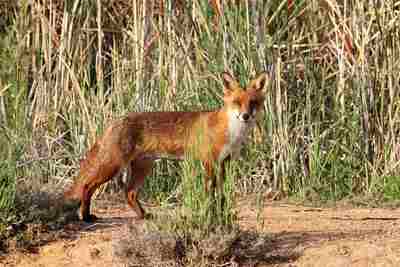
Foxes are carnivorous mammals that are known for their hunting skills. They are opportunistic predators and have a diverse diet that includes small mammals like rabbits. Foxes are well-adapted to hunting and catching their prey, using their keen senses of hearing and smell to locate rabbits in their habitats. Once they have located a rabbit, foxes use their agility and speed to chase and capture their prey.
The relationship between rabbits and foxes is an example of predator-prey dynamics in an ecosystem. Foxes rely on rabbits as a source of food, and the presence of rabbits in an area can attract foxes. This relationship helps to maintain a balance in the ecosystem, as the predation of rabbits by foxes helps to control rabbit populations.
Therefore, the question of what secondary consumer would eat a rabbit can be answered with the fox. Foxes are carnivorous predators that prey on rabbits as part of their diet. This predator-prey relationship is an important aspect of the food chain and helps to maintain the balance of the ecosystem.
4. Is a Rabbit a Producer, Consumer, or Decomposer?
A rabbit is primarily a consumer and does not function as a producer or decomposer in the food chain. As discussed earlier, rabbits are classified as primary consumers because they primarily feed on plants.
They play a crucial role in the ecosystem by consuming vegetation and influencing the diversity of plant populations. However, rabbits do not have the ability to produce their own food through photosynthesis like plants or act as decomposers by breaking down organic matter.
Rabbits rely on plants as their source of energy and nutrients. They have specialized digestive systems that allow them to efficiently extract nutrients from plant material. By consuming plants, rabbits contribute to the transfer of energy and nutrients from the primary producers (plants) to themselves as primary consumers. This energy flow continues up the food chain as rabbits are preyed upon by secondary consumers.
While rabbits do not produce their own food or decompose organic matter, they play a vital role in the ecosystem as primary consumers. Their feeding habits and interactions with plants and other animals contribute to the overall balance and functioning of the food chain. By consuming plants, rabbits help regulate plant populations and contribute to seed dispersal through their feeding and excretion.
Conclusion
* In conclusion, a rabbit is classified as a primary consumer in the food chain. They primarily feed on plants, which makes them an essential part of the ecosystem. Rabbits influence the diversity of plant populations and contribute to seed dispersal through their feeding and excretion.
* However, rabbits are not secondary consumers because they are not predatory and do not have carnivorous or omnivorous tendencies. Instead, they are prey to secondary consumers.
* Generally, rabbits play a vital role in the food chain as primary consumers, helping to regulate plant populations and contributing to the overall balance and functioning of the ecosystem.
